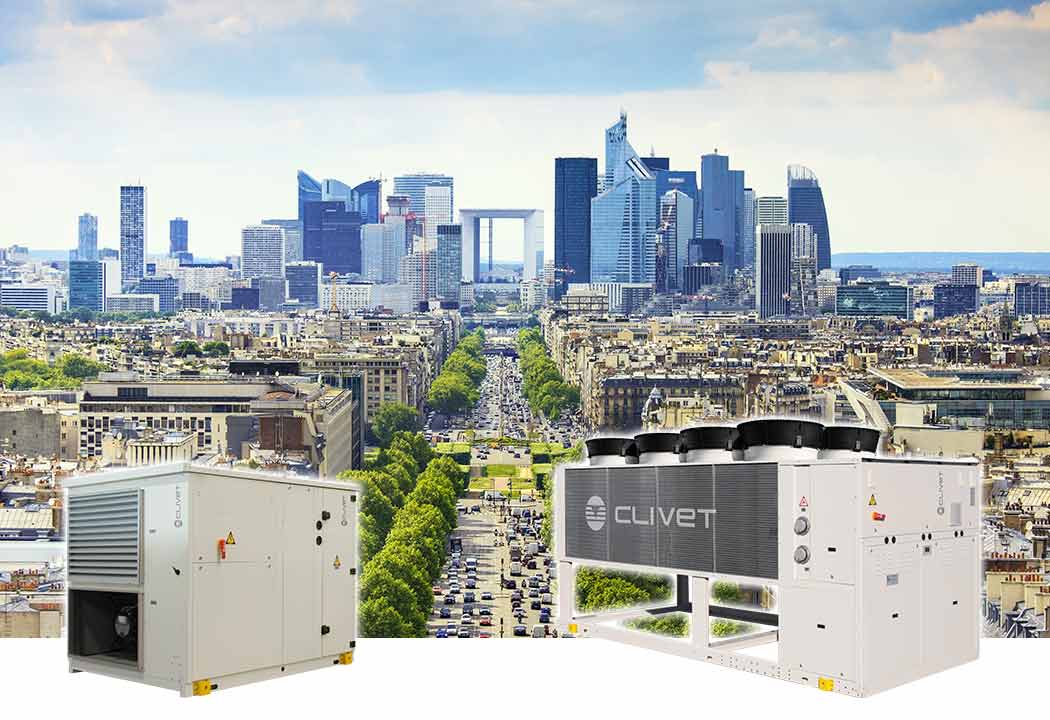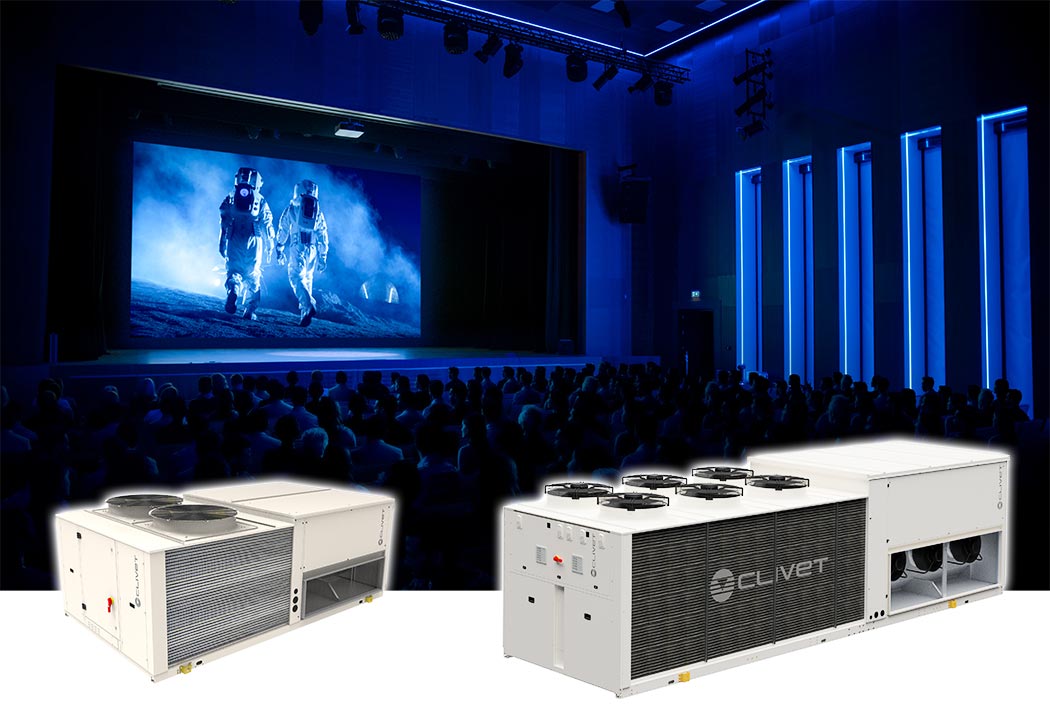From the kitchen where the chef and his/her staff prepare delicious dishes to the reception area where the concierge politely greets guests, in the relaxation areas, meeting rooms and individual bedrooms: hotels have very different environments, but they are united by the need to ensure optimal comfort for all those who spend time in them.
In this context, air conditioning plays a very important role. In fact, it can become a factor that influences guests' appreciation of the hotel, helping to determine its success. Achieving living comfort must be a fundamental goal when designing the air conditioning system. A design that must take certain key factors into account, such as thermo-hygrometric well-being (that particular feeling where people are comfortable and feel neither hot nor cold), acoustic well-being and indoor air quality.
What are the key elements of a good system?
When designing an air conditioning system for a hotel, the utmost attention must be paid to its energy efficiency, as the various areas of the facility and the bedrooms have very different intermittent use and heat loads. Other variables that impact on management of the system concern the energy consumed and the costs for its operation and routine and possible extraordinary maintenance.
Many hotels also offer additional services such as a gym, swimming pool and wellness centre, as well as special rooms for business meetings. Of course, each of these environments has different temperature, humidity and air renewal requirements, and the air conditioning system must be able to fulfil all these demands.
When choosing a hotel system, you must also consider the period in which it is in operation. A facility that is only open in summer will only need a system for summer air conditioning and air renewal, whereas a hotel that is open 365 days a year will also need a solution that offers optimal heating performance.
What are the most common systems for air conditioning in hotels?
As we have seen, hotels have extremely particular characteristics that require very careful analysis before choosing the most suitable air conditioning system.
Among the many system solutions available on the market, we can point out three that are well suited to hotel requirements: hydronic systems, VRF (Variable Refrigerant Flow) systems and WLHP (Water Loop Heat Pump) systems. Of course, all three types of system must be combined with an air handling unit that continuously supplies clean, filtered air into the rooms.

Easy to design, install and maintain, the hydronic system is certainly the best known and most widespread among air conditioning systems and features a green soul, thanks to the use of water as the heat transfer fluid. The thermal or cooling energy needed to heat or cool the environments is distributed through water piping in which hot or cold water, produced by special external generators such as chillers or heat pumps, circulates. The heated or cooled water then supplies the indoor units, such as radiant floor systems or fan coils. On the other hand, air renewal is handled by an external air handling unit, fed by a chiller.
In place of the latter, Clivet proposes its ZEPHIR3 independent full outdoor air unit equipped with a thermodynamic recovery system, thus creating a true evolution of the hydronic system. The main advantage? The elimination of the system required to transfer the carrier fluids used in a traditional hydronic system with air handling units to fulfil the primary air load.
The SPINchiller3 multifunctional units, available with heating capacities from 300 to 1,450 kW and cooling capacities from 260 to 1,300 kW, are the ideal solution for producing hot and cold water simultaneously, more efficiently than a normal heat pump.
Alternatives to hydronic: VRF and WLHP
The main difference between hydronic and VRF systems is that the former use water as the heat transfer fluid, while the latter use a special refrigerant gas. The main advantage of this type of installation? Definitely its better efficiency. Yes, because direct expansion allows the gas to evaporate at higher temperatures and condense at lower temperatures than a system, such as the hydronic one, in which an intermediate exchange fluid (water) is used. The architecture of this system is also designed to be fully modular, combining units and controls according to specific project requirements.
Very popular in the United States and England, WLHP (Water Loop Heat Pump) systems involve a hydraulic circuit that connects a series of heat pumps to ensure optimal air conditioning of areas in the building with very different requirements. But whereas in hydronic systems, thermal or cooling energy is produced by a generator and then distributed to the terminals via heated or cooled water, WLHP systems use water at a “neutral” temperature, which acts as a source for on-site energy production directly from the various heat pumps. The result is greater efficiency and reliability, which are ensured by the decentralisation of energy transfer.

The Packaged system was designed by Clivet to ensure the best air conditioning for hospitality facilities, which have areas such as kitchens, receptions and conference rooms with very different requirements. This type of system makes it possible to lower investment and operating costs, reduce overall space requirements and achieve perfect architectural integration of the systems. This is thanks to a system featuring a packaged unit, usually installed on the building’s roof, which allows cooling and heating energy to be produced only when and where it is needed, as well as providing the right air renewal while also ensuring energy recovery.
